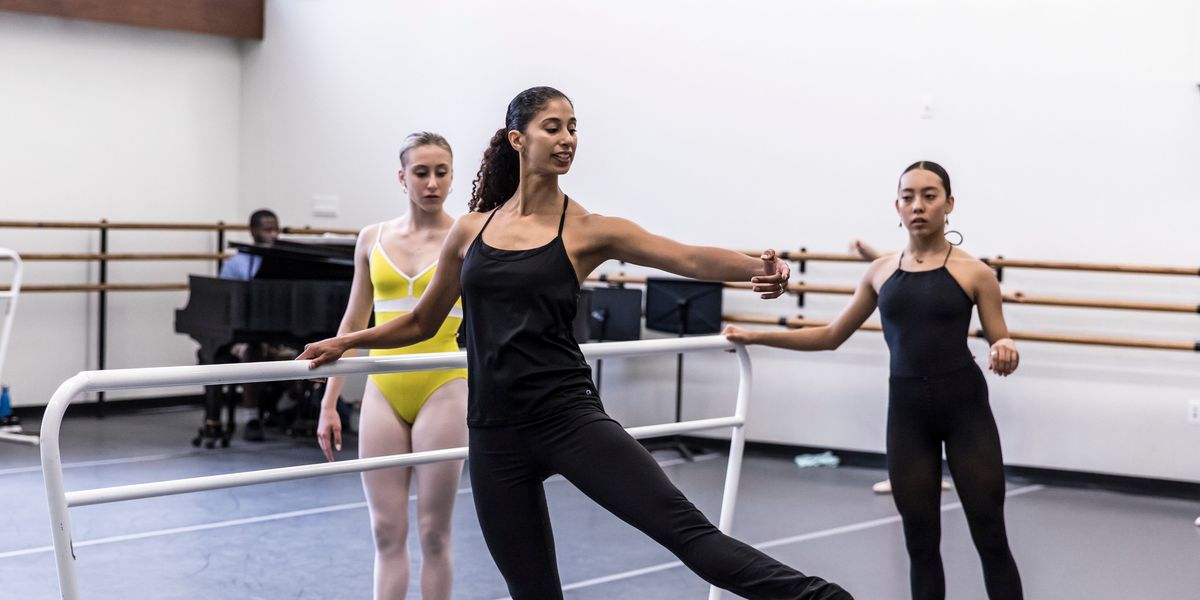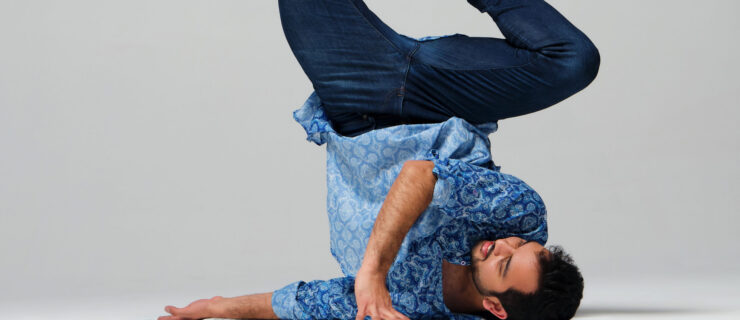How to Prepare Your Body (And Mind) for Returning to the Studio
After months of living-room Zoom classes, most dancers are beyond eager to get back into wide-open studios. “I think I can speak for the entire dance community when I say that we are ready to propel ourselves through space again,” says The Juilliard School’s dance director, Alicia Graf Mack. But look before you leap—pacing yourself physically and emotionally is key to a happy, injury-free return.
Mind Your Mental Health
“The first thing we have to do is recognize that we’ve been through a really tough period,” says Mack. “It is so easy to feel like we need to be in the same place we were when we left—and we will not return the same dancers and teachers and people. Some of that can be positive—maybe we’ve grown in some ways because we’ve had time for self-reflection.”
But for many dancers, emerging from the quarantine cocoon can trigger complex emotions, says Pacific Northwest Ballet School consulting therapist Josh Spell. “Feeling out of shape, dreading the eye of the teacher or the director, grief about missed performances and milestones, even getting back into dress code—that’s been on people’s minds,” he says.
Acknowledge what you’re feeling. “Dancers have a way of minimizing difficult situations with that ‘Push through, try harder’ mentality,” says Spell. “But it’s okay to be struggling.” Journaling, meditating and talking to friends, teachers or a counselor can help. “Know that the community is there for you,” says Manhattan Youth Ballet head faculty member Deborah Wingert. “No one is going to judge—we feel it, too.”
Mental rehearsals can be a powerful tool for smoothing the transition back to class and rehearsal for the first time. “Close your eyes and visualize being in the studio,” says Spell. “What is the environment like? What does the barre look like? What does the floor look like? See yourself taking class, or visualize the ballet master leading rehearsal. That can really ease apprehension.”
Leadership should consider creative ways to support everyone in the studio or company—perhaps by implementing weekly check-in times, suggests Spell.
Ramp Up the Right Way
Even with the most rigorous quarantine training, “cardiovascular endurance is going to be affected, and you’re going to have changes in your muscles, connective tissues, tendons and bone density,” says Andrea Zujko, of Westside Dance Physical Therapy. “A high-level dancer is not going to feel like themselves for three to four months.”
Zujko recommends gradually increasing your number of active hours per week to prepare for your regular studio workload. It’s crucial to set realistic goals and expectations—for the sake of both your physical and mental health—because pushing yourself too far, too fast increases the risk of injury and elevated stress. Instead, work on nudging your circadian rhythm back to normal and gradually increasing your baseline fitness.
Begin by roughly mimicking the activity and rest cycles of your typical day. For professionals, that might mean a light warm-up, technique class and 45 minutes of stretching in the morning, then lunch and relaxation, followed by cross-training in the afternoon. Student dancers might do class and conditioning during after-school hours; collegiate dancers could spread activity and downtime over their usual eight-to-10-hour day.
Give yourself mind-body challenges to reactivate the neural pathways required for picking up choreography. “Try doing barre without holding on to the kitchen table,” says Zujko, “and change the patterns of your arms so you’re not just doing ‘first, second, down.’ ” Do fast combinations slowly, and vice versa; if you usually dance to classical music, switch things up with pop or jazz.
Finally, address any habits acquired in isolation. Zujko has clients film themselves doing a series of dance-based exercises to reveal alignment, postural or movement control issues. If you’ve been hunching over your phone, take breaks to sit up straight, stretch your neck and roll your shoulders.
And while you still have time alone, enjoy it. “This is an opportunity to take charge of your training,” says Wingert. “What do you find in your body? What did you feel? That validation can come from inside—think where it could take you when you get back to the studio.”





